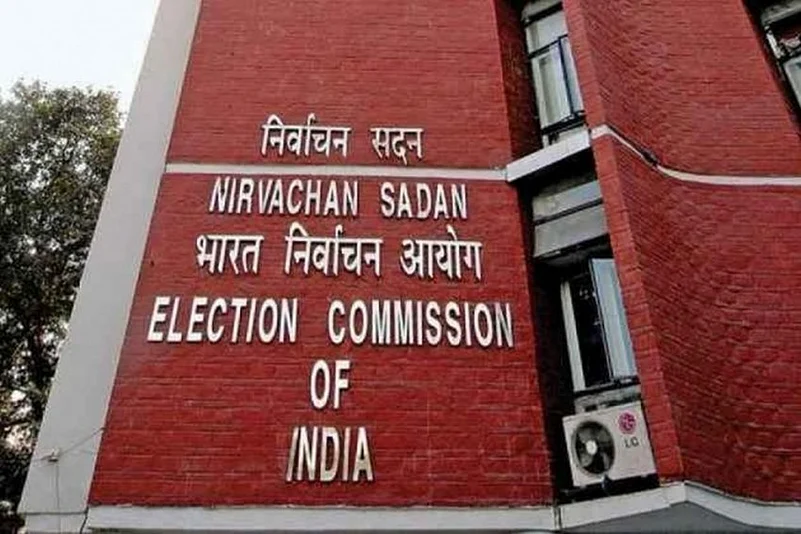From published information, it is difficult to believe that West Bengal Chief Minister Mamata Banerjee was entirely responsible for “inciting an attack on Central Forces” at Sitalkuchi, as is repeatedly alleged by the Prime Minister and others.
On April 10, 2021, the CISF opened fire on what they called a hostile crowd near Polling Booth number 126 causing 4 deaths, all belonging to the minority community. What CM Mamata Banerjee had told the women voters on April 7 in Cooch Bihar district, translated verbatim by a weekly on April 8 was: “If the Central Reserve Police Force (CRPF) acts smart, gherao them. One group gheraos them, the other group goes and casts their vote. Don’t waste your vote”. This was after alleging that "BJP's CRPF" was obstructing voters from entering polling stations.
At best, she could have been charged for inciting a “wrongful restraint” by way of “gherao” which the Supreme Court had frowned upon as ‘industrial action’ in AIR 1968 Cal 407, 72 CWN 440. However, peaceful “Gherao” has been practised as political action since 1967 all over India on the 1917 model of peaceful “picketing” outside the Motihari Court where Gandhiji was sentenced for the Champaran Satyagraha.
The reasons why the CISF delayed lodging their complaint on the incident are not clear. Also, their complaint on 12 April at Mathabhanga police station accused “unidentified miscreants” for attacking them on April 10, which forced them to open fire in “self-defence”. There was no mention of aggressive women linking the incident to CM Mamata Banerjee’s speech. Also, this complaint was after the brother of Hamidul Haque, the first victim in the firing, had lodged his complaint against CISF for killing his brother.
The “blood bath in Sitalkuchi”, to borrow a daily’s phrase, had started on April 10 when Minal Haq, a 14-year-old class VIII student who was playing on the road started running scared when CISF came in a vehicle. Seeing him running they chased him and questioned him in Hindi, which he did not understand. Minal told the reporter in the hospital: “They hit me with a baton on my waist and spine and I fell on the ground, vomiting”. This disproportionate force was the first spark to mob protests, ending with 4 deaths.
Contrary to what the Election Commission Observer had reported, no CISF personnel seems to have been injured in the melee. The photo of a CISF “jawan” with injuries on his face circulated widely on social media as having been injured in the “attack” turned out to be that of CISF Asst. Sub Inspector S P Sharma, who was attacked by a langur while on duty at Bharat Coking Coal Limited plant at Baghmara in Dhanbad, Jharkhand.
Another important point that will go against the CISF is that they had invoked “self-defence” instead of citing Section 129 CRPC on the dispersal of an unlawful assembly by the police by using force. This power which is usually with an executive magistrate or a police officer in charge of a police station or any officer of the rank of sub-inspector was conferred to the Central Reserve Police (CRP) officers in July 1976.
Perhaps this power has not been given to CISF and hence the plea of self-defence. Now the Court would necessarily have to weigh the “proportionate force” factor. The fact that there was no grievous injury on CISF personnel would thus go against them.
Yet another factor might go against the Election Commission (EC) itself. According to Chapter 3 Para 3.4 of the “Election Commission Force Deployment Manual”, local police have to be deployed in the “Catchment areas” of the polling stations and inside and outside of the polling premises (as different from polling stations) for maintenance of law & order, while Central Armed Police would be guarding polling stations, poll materials, and other connected duties.
On 10 April repeated TV visuals were shown of the CISF commandos chasing crowds quite away from polling stations without any presence of the local police with them. Why did the EC fail to deploy local police with CISF, which would have prevented the language barrier leading to the Minal Haq incident and also thereby would have given legal protection under S.129 CrPC to CISF?
(The writer is a former Special Secretary, Cabinet Secretariat)
















